Antacid and Mucosal protective Drugs
The cause and mechanisms of peptic ulcer has not yet been entirely clear, it is generally believed that the occurrence of peptic ulcer is the consequence of many factors, primarily related with the enhancement of mucosal injury factors (acid, pepsin), weakening of the mucosal protective factors (gastric mucosa barrier, the mucosal blood circulation and epithelium update) and the Helicobacter pylori infection. Now it is widely recognized that the occurrence of duodenal ulcer is related to the enhancement of mucosal damage related factors while the occurrence of the gastric ulcer is often more closely associated with the weakening of the mucosal protective factors.
The gastric fluid contains gastric acid and pepsin with their self-digestion effects on the stomach leading to the formation of peptic ulcer. Gastric acid is secreted by gastric parietal cells. There are three receptors on the cell wall, namely acetylcholine receptors, histamine and gastrin receptor (H2) receptor with three receptors being able to accept corresponding substances to stimulate the secretion of gastric acid. Regardless of stimulation substance, the secretion of gastric acid from parietal cells is subject to the control of "H + -K + -ATP" enzyme that is known as "acid pump" (H + -K + pump). This enzyme can prompt the H + to be secreted into the extracellular wall. When various kinds of internal and external factors are combined to initiate the stomach acid secretion mechanism which causes the hyperactivity of the gastric acid secretion, excess amount of stomach acid will cause damage to the stomach mucous membrane, leading to formation of gastric ulcers.
Pepsin originated from activation of the pepsinogen secreted from the gastric chief cells under the action of gastric acid or the activated pepsin, it is another major gastric injury factor. In addition to digest the protein in the food, pepsin can also digest of glycoproteins and mucoprotein in the gastric mucus and also destroy the gastric mucus barrier, leading to ulcer formation. The activity of the pepsin can be regulated by the gastric acid. Upon pH 1.8 to 2.5 in the gastric fluid, the activity of pepsin is in its optimal condition. Increased gastric pH can weaken the pepsin activity. The gastric acid and pepsin work together to cause ulcers but the pepsin plays the major role.
The Gastroduodenal mucous membrane is covered by the mucus secreted by the epithelium. The mucus is connected to the intact epithelial cell membrane as well as cells to form a line of defense, called mucus – mucous membrane barriers. It can protect the mucosa from digestion. Under normal circumstances, the thickness of the mucus is about 10 to 20 times of the epithelial cells. The diffusion speed of H+ in the mucus is relatively slow. In fact, the mucus layer can provide a insulation zone for the mucous membrane so that the contents of the cavity is insulated from the mucous membrane, further blocking the damage of the H+ and pepsin on the mucous membrane.
Stomach and proximal duodenum can also secreted alkaline HCO3- to neutralize the gastric acid in the surface of the mucous membrane to maintain a pH range of 0 ~ 8 for the epithelium cells and resist the diffusion of H+ to reduce the damage of the stomach acid on mucous membrane. In addition, the rich blood supply and the constantly shedding and updating of the gastric epithelial cells can timely maintain the integrity of the gastric mucosa and block the reverse diffusion of the H +. When there is insufficient blood supply to the mucous membrane which causes ischemic necrosis, the renewal and regeneration process of epithelial cell are delayed, leading to the formation of ulcers. For example, stimuli ulcer can easily occur upon neonatal asphyxia and hypoxia.
- Structure:
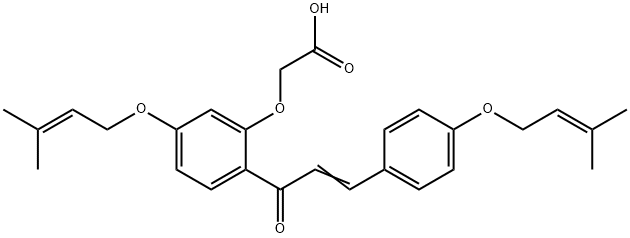
- Chemical Name:Sofalcone
- CAS:64506-49-6
- MF:C27H30O6
- Structure:
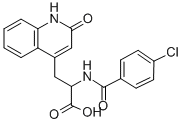
- Chemical Name:REBAMIPIDE
- CAS:111911-87-6
- MF:C19H15ClN2O4
- Structure:
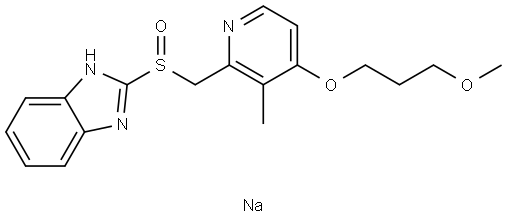
- Chemical Name:Rabeprazole Sodium
- CAS:117976-90-6
- MF:C18H21N3O3S.Na
- Structure:
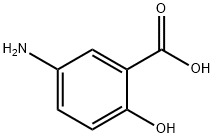
- Chemical Name:5-Aminosalicylic acid
- CAS:89-57-6
- MF:C7H7NO3
- Structure:
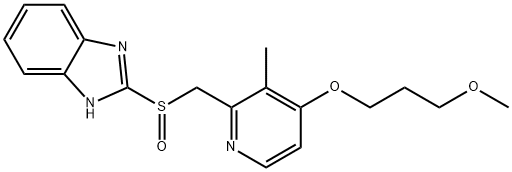
- Chemical Name:Rabeprazole
- CAS:117976-89-3
- MF:C18H21N3O3S
- Structure:
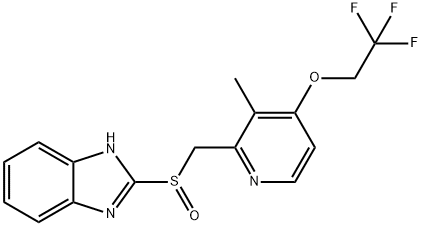
- Chemical Name:Lansoprazole
- CAS:103577-45-3
- MF:C16H14F3N3O2S
- Structure:

- Chemical Name:Esomeprazole sodium
- CAS:161796-78-7
- MF:C34H36MgN6O6S2
- Structure:

- Chemical Name:3-Methoxy-1-propanol
- CAS:1589-49-7
- MF:C4H10O2
- Structure:
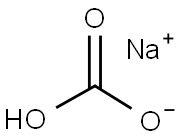
- Chemical Name:Sodium bicarbonate
- CAS:144-55-8
- MF:CHNaO3
- Structure:
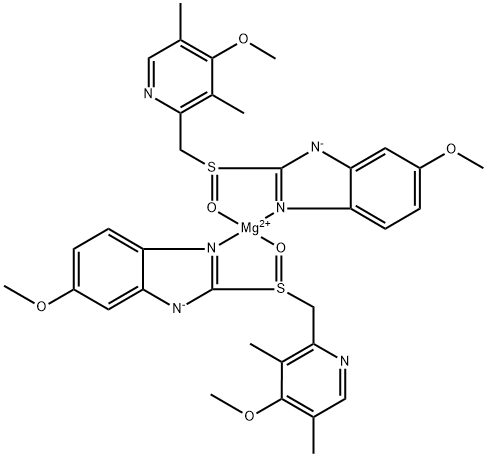
- Chemical Name:Esomeprazole magnesium
- CAS:161973-10-0
- MF:C34H36MgN6O6S2
- Structure:

- Chemical Name:Magnesium oxide
- CAS:1309-48-4
- MF:MgO
- Structure:

- Chemical Name:Famotidine
- CAS:76824-35-6
- MF:C8H15N7O2S3
- Structure:

- Chemical Name:Bismuth(III) Oxide
- CAS:1304-76-3
- MF:Bi2O3
- Structure:
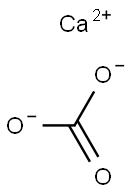
- Chemical Name:Calcium carbonate
- CAS:471-34-1
- MF:CCaO3
- Chemical Name:K-CATALYST
- CAS:1318-93-0
- MF:Al2O9Si3
- Structure:
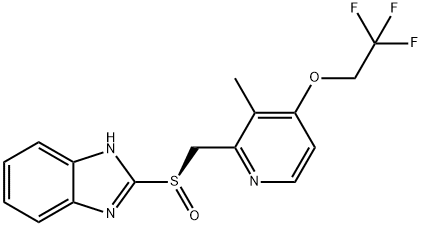
- Chemical Name:R-(+)-Lansoprazole
- CAS:138530-94-6
- MF:C16H14F3N3O2S
- Structure:
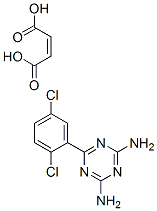
- Chemical Name:Irsogladine maleate
- CAS:84504-69-8
- MF:C13H11Cl2N5O4
- Structure:
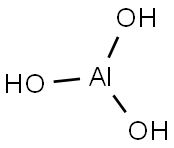
- Chemical Name:Aluminum hydroxide
- CAS:21645-51-2
- MF:AlH3O3
- Structure:
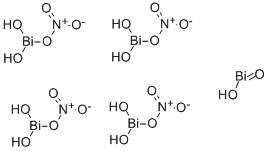
- Chemical Name:Bismuth subnitrate
- CAS:1304-85-4
- MF:Bi5H9N4O22
- Structure:

- Chemical Name:Magnesium hydroxide
- CAS:1309-42-8
- MF:H2MgO2
- Structure:

- Chemical Name:Pantoprazole Sodium
- CAS:138786-67-1
- MF:C16H14F2N3NaO4S
- Structure:

- Chemical Name:Dimethicone
- CAS:9006-65-9
- MF:C6H18OSi2
- Structure:
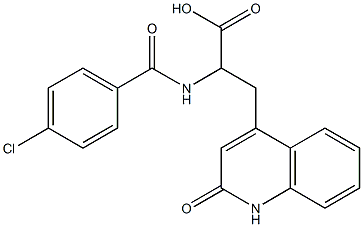
- Chemical Name:Rebamipide
- CAS:139344-42-6
- MF:C19H15ClN2O4
- Structure:

- Chemical Name:Roxatidine
- CAS:78273-80-0
- MF:C17H26N2O3
- Structure:
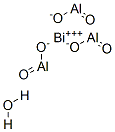
- Chemical Name:BISMUTH ALUMINATE HYDRATE
- CAS:308796-32-9
- MF:Al3BiH2O7
- Structure:
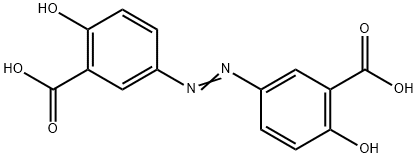
- Chemical Name:OLSALAZINE
- CAS:15722-48-2
- MF:C14H10N2O6
- Structure:
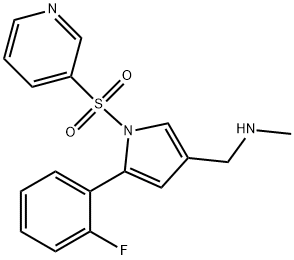
- Chemical Name:Vonoprazan
- CAS:881681-00-1
- MF:C17H16FN3O2S
- Structure:
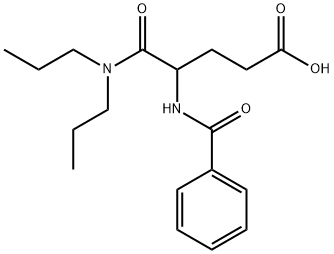
- Chemical Name:Proglumide
- CAS:6620-60-6
- MF:C18H26N2O4
- Structure:

- Chemical Name:BISMUTH ALUMINATE
- CAS:12284-76-3
- MF:AlBiH5O
- Structure:
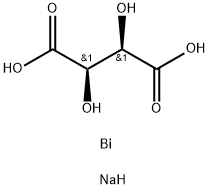
- Chemical Name:BISMUTH SODIUM TARTRATE
- CAS:31586-77-3
- MF:C4H7BiNaO6
- Structure:
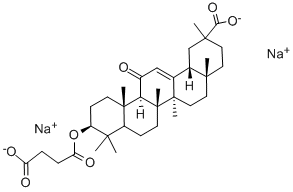
- Chemical Name:Carbenoxolone disodium
- CAS:7421-40-1
- MF:C34H48Na2O7
- Structure:
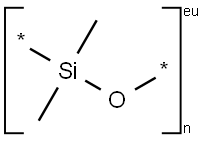
- Chemical Name:Poly(dimethylsiloxane)
- CAS:9016-00-6
- MF:(C2H6OSi)n
- Structure:

- Chemical Name:Aluminium phosphate
- CAS:7784-30-7
- MF:AlO4P
- Structure:

- Chemical Name:Gastrin I Human
- CAS:10047-33-3
- MF:C97H124N20O31S
- Structure:
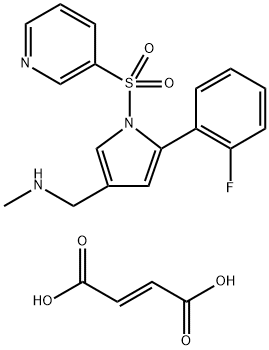
- Chemical Name:Vonoprazan FuMarate
- CAS:881681-01-2
- MF:C21H20FN3O6S
- Structure:
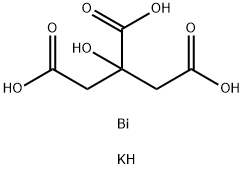
- Chemical Name:BISMUTH POTASSIUM CITRATE
- CAS:57644-54-9
- MF:C6H9BiKO7
- Structure:
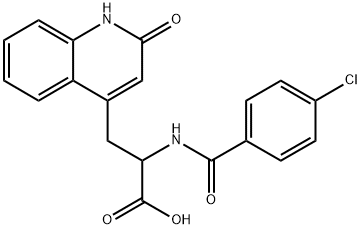
- Chemical Name:Rebamipide
- CAS:90098-04-7
- MF:C19H15ClN2O4
- Chemical Name:ColloidalBismuthPectin
- CAS:2034-00-2
- MF:
- Structure:

- Chemical Name:Sucralfate
- CAS:54182-58-0
- MF:C11H52Al16O75S8-16
- Structure:
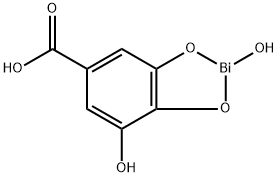
- Chemical Name:BISMUTH SUBGALLATE
- CAS:99-26-3
- MF:C7H5BiO6
- Structure:
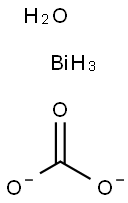
- Chemical Name:Bismuth subcarbonate
- CAS:5892-10-4
- MF:CH2BiO4(-2)
- Structure:

- Chemical Name:POLYDIMETHYLSILOXANE
- CAS:8050-81-5
- MF:(C2H6OSi)n
- Structure:
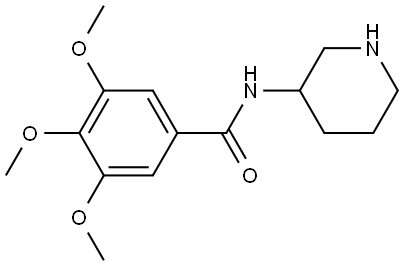
- Chemical Name:Troxipide
- CAS:30751-05-4
- MF:C15H22N2O4
- Structure:
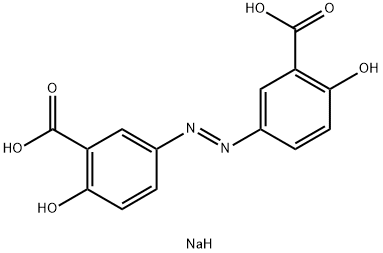
- Chemical Name:Olsalazine sodium
- CAS:6054-98-4
- MF:C14H11N2NaO6
- Structure:
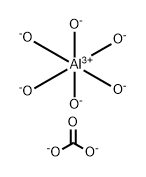
- Chemical Name:Hydrotalcite
- CAS:12304-65-3
- MF:CAlO9(-5)
- Structure:
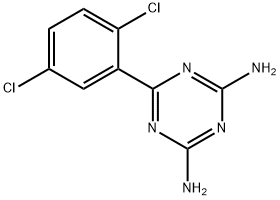
- Chemical Name:Irsogladine
- CAS:57381-26-7
- MF:C9H7Cl2N5
- Structure:
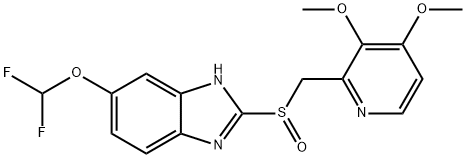
- Chemical Name:Pantoprazole
- CAS:102625-70-7
- MF:C16H15F2N3O4S
- Structure:

- Chemical Name:Magnesium trisilicate
- CAS:14987-04-3
- MF:H8MgOSi
- Structure:

- Chemical Name:Teprenone
- CAS:6809-52-5
- MF:C23H38O
- Structure:
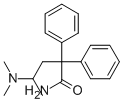
- Chemical Name:AMINOPENTAMIDE SULFATE (200 MG)
- CAS:60-46-8
- MF:C19H24N2O
- Structure:
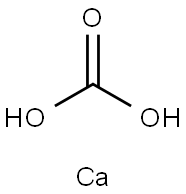
- Chemical Name:calcium bicarbonate
- CAS:3983-19-5
- MF:CH4CaO3
- Structure:
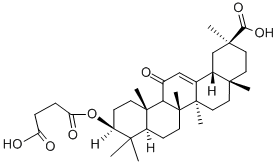
- Chemical Name:Carbenoxolone
- CAS:5697-56-3
- MF:C34H50O7
- Structure:

- Chemical Name:ALUMINUM GLYCINATE
- CAS:41354-48-7
- MF:C2H6AlNO4
- Structure:

- Chemical Name:Nizatidine
- CAS:76963-41-2
- MF:C12H21N5O2S2
- Structure:

- Chemical Name:Ramixotidine
- CAS:84071-15-8
- MF:C16H21N3O3S
- Structure:
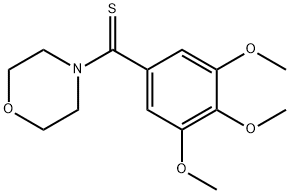
- Chemical Name:Tritiozine
- CAS:35619-65-9
- MF:C14H19NO4S
- Chemical Name:HEAVY MAGNESIUM CARBONATE
- CAS:
- MF:
- Structure:

- Chemical Name:ZINC ACEXAMATE
- CAS:
- MF:C16H28N2O6Zn
- Chemical Name:Gastric Mucin
- CAS:84082-64-4
- MF:NULL
- Structure:
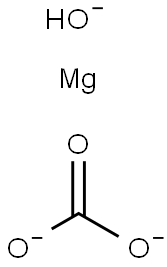
- Chemical Name:MAGNESIUM HYDROXIDE CARBONATE, HEAVY
- CAS:12125-28-9
- MF:CH3MgO4(-3)